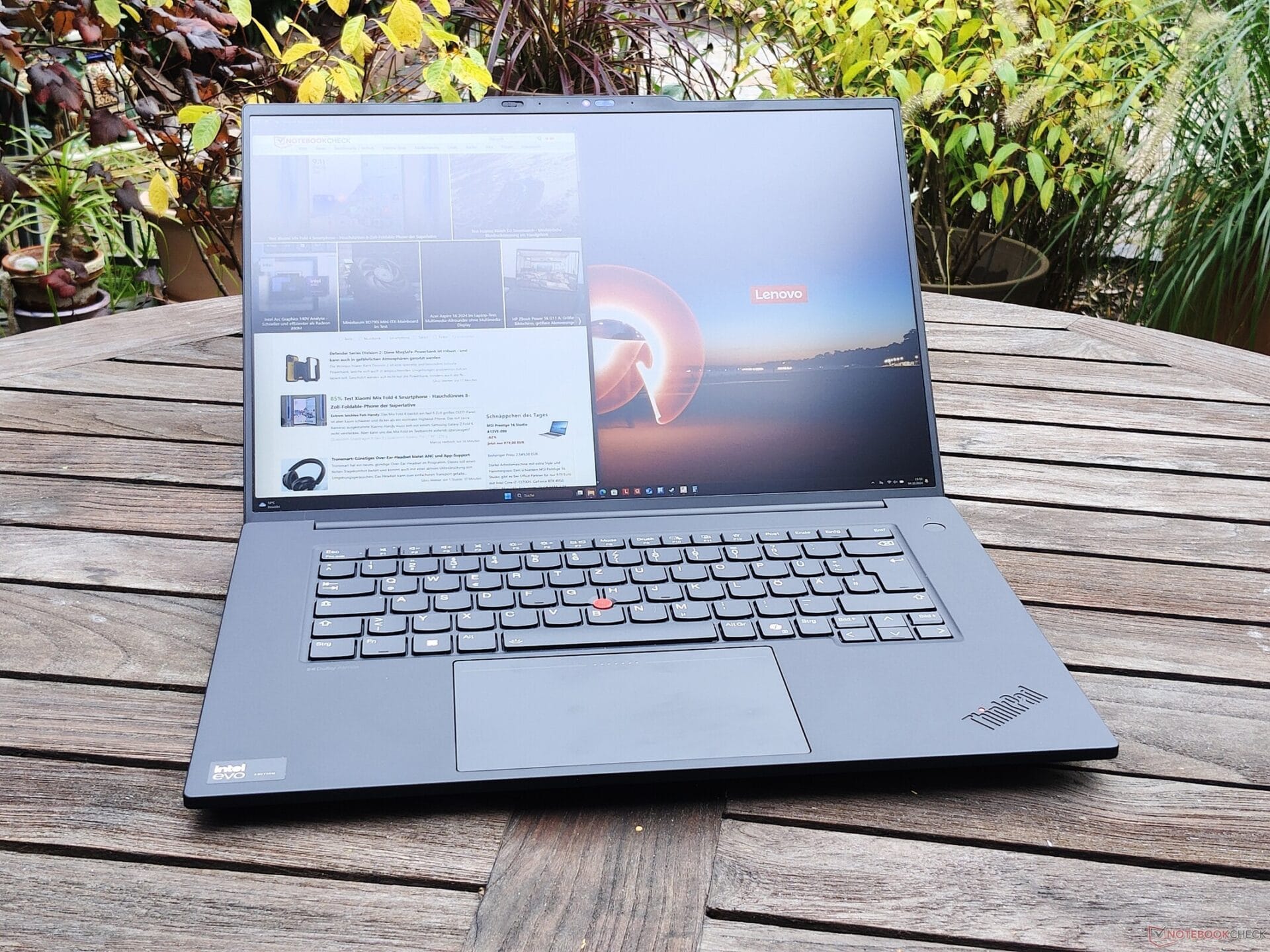Screens with high refresh rates are really awesome. They make gaming feel much smoother, and scrolling the web is more fluid too. Lately, many high-end smartphones have included these high refresh rate screens, and now premium laptops are also starting to feature them. A good example of this is the Lenovo ThinkPad P1 Gen 7, which we recently reviewed in detail. The laptop comes with a WQXGA (2,560 x 1,600) LCD that supports a refresh rate of 165 Hz.
Battery Life Concerns
There is, however, a downside: quicker screens use up more power. This leads to decreased battery life. We put it to the test: with the display set at 165 Hz, the ThinkPad P1 Gen 7 (which you can find on Amazon.com for $1,899) lasted for seven hours and 30 minutes during our Wi-Fi battery assessment (at maximum brightness). When we switched the refresh rate to 60 Hz, we saw an improvement. In this mode, the Lenovo laptop managed to run for nine hours.
Dynamic Refresh Rate Missing
The effect of the refresh rate on battery life could be less significant since Windows has a feature called Dynamic Refresh Rate. When this setting is turned on, the screen switches automatically between 60 Hz and 165 Hz, which helps save battery. Sadly, the Lenovo ThinkPad P1 Gen 7 does not support this feature. It’s baffling why Lenovo didn’t add this, as it seems like a simple way to enhance battery performance. Therefore, users are left to decide: a smoother experience or longer battery life—there’s no middle ground.
In conclusion, the Notebookcheck review of the Lenovo ThinkPad P1 Gen 7 highlights these key aspects.


Leave a Reply